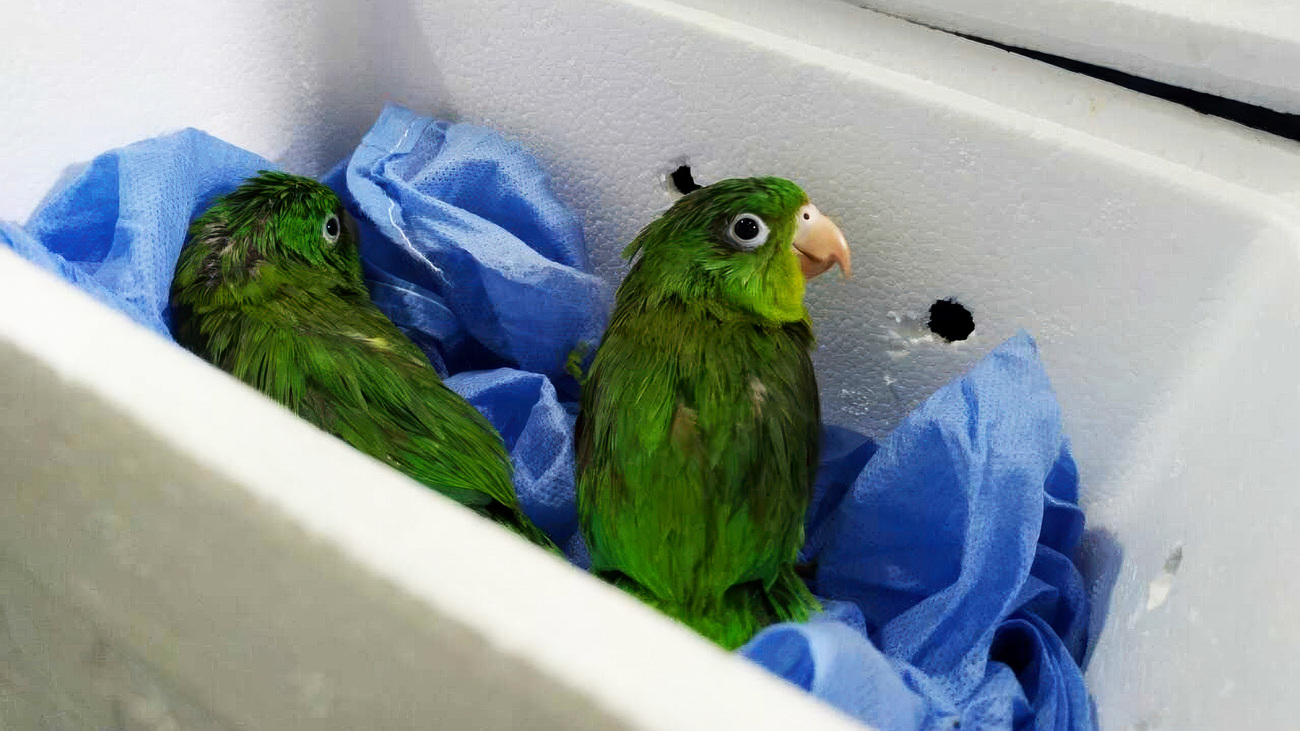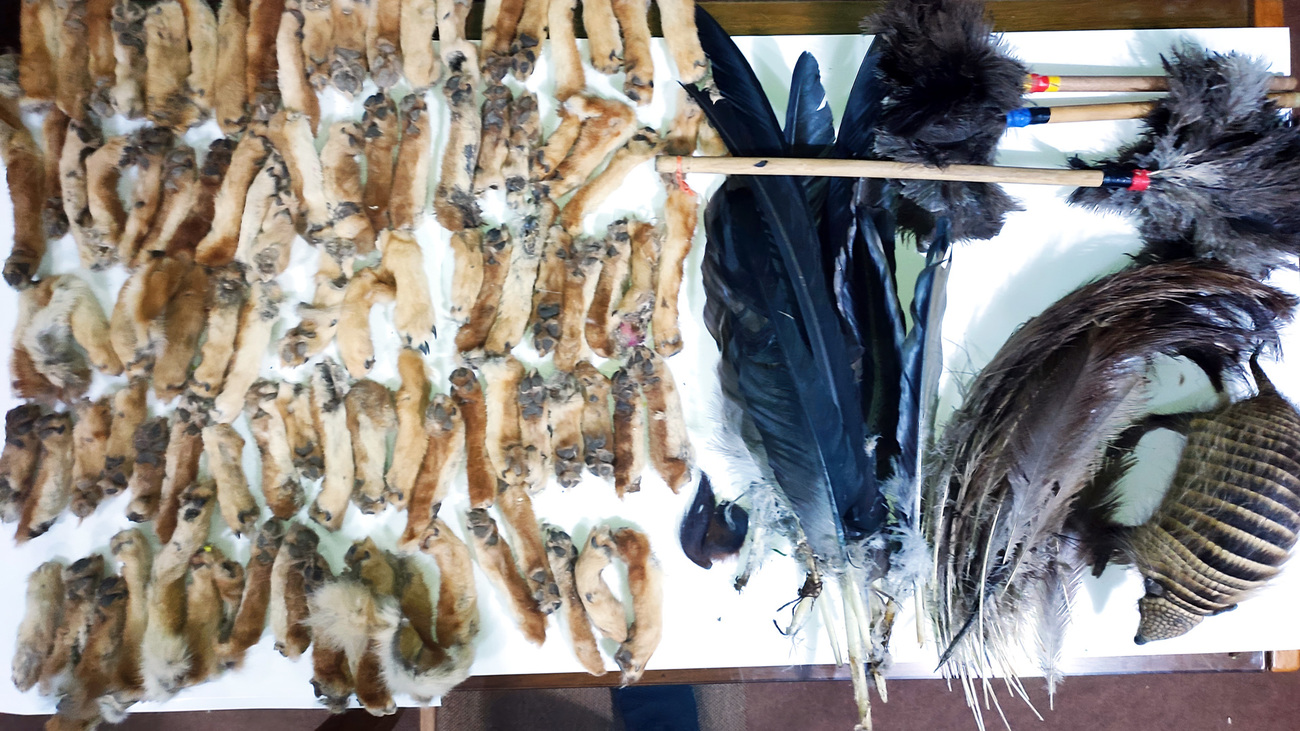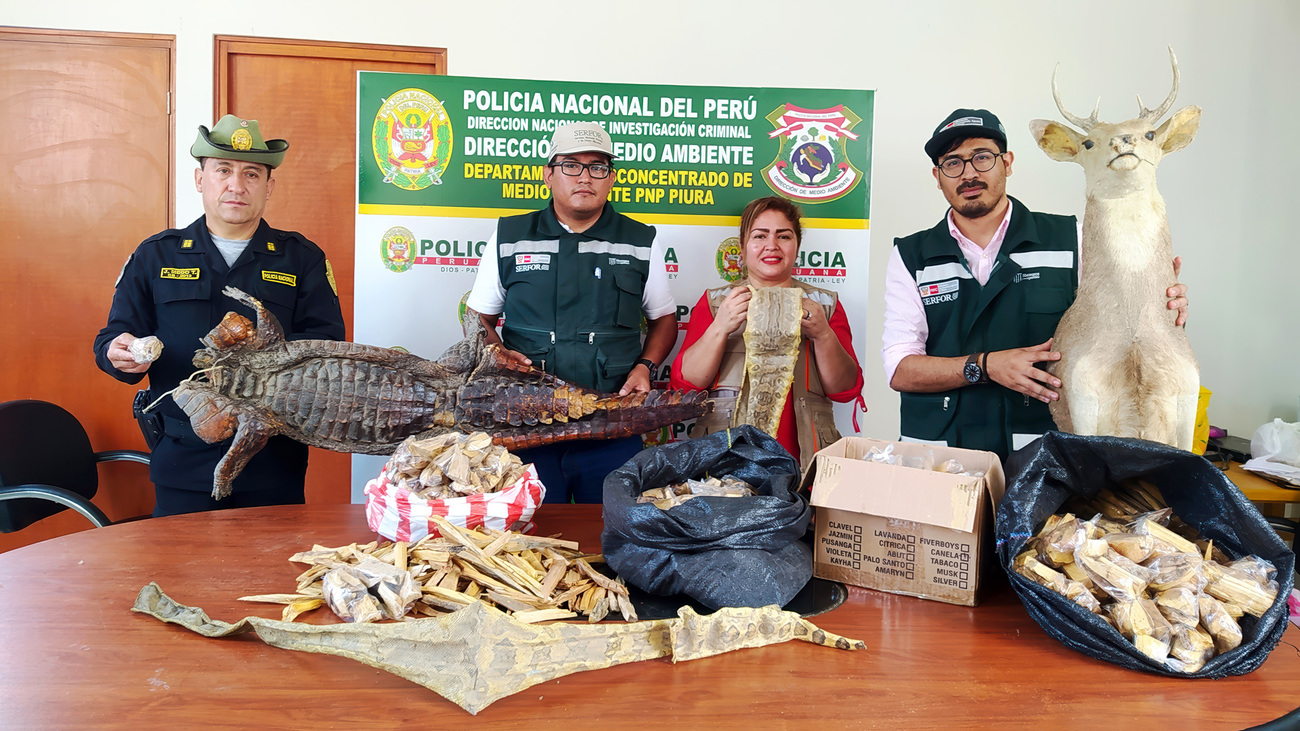Polen Cisneros
A cry for the wild: wildlife crime in Hispanic America
A cry for the wild: wildlife crime in Hispanic America
As both a Mexican and an American, with deep roots in this region and over a decade of experience in combating wildlife crime, I’ve seen firsthand the stark realities behind the numbers. The numbers reported in our Wildlife Crime in Hispanic America report and interactive dashboard (1,945 poaching and trafficking incidents affecting more than 102,500 wild animals) aren’t just statistics; they are heartbreaking stories of all the individual animals suffering and entire ecosystems unraveling.

This crisis is personal to me, not only as an advocate for the natural world but also as someone who has watched the vibrant biodiversity of my region fall prey to greed and neglect. Let me take you behind the statistics and into the lives—human and animal—that are at stake.
When we talk in the report about the seizure of 29,502 mud and musk turtles that happened in Mexico in 2020, it’s easy to get lost in the enormity of the number. But each of those turtles was a living being, crammed into a crate with little air, no water, and no hope. Many of them never made it to rescue facilities. Their suffering highlights a truth that is important to remember: behind every seizure is an untold story of deep animal suffering, and in the worst cases, mortality. Whether it is parrots suffocating in boxes, jaguar cubs torn from their mothers, or frogs stuffed into plastic bottles, these are animals whose lives are treated as disposable commodities.
What fuels illegal wildlife trade?
Illegal wildlife trafficking thrives in the shadows, fueled by poverty, weak enforcement, and high demand for a variety of commodities such as exotic pets, bushmeat, and traditional medicine. In regions like Hispanic America (all 18 Spanish-speaking countries in the continent), the challenges are systemic. Enforcement agencies are underfunded, wildlife protection laws and regulations are inconsistent across borders, and online trafficking is growing exponentially, facilitating the purchase and sale of illegal wildlife.
It is important to remember that this type of crime is often part of organised crime networks exploiting these vulnerabilities, smuggling live animals by road—hidden in buses or cars— by air, and by postal service. It is a low-risk, high-profit endeavor. It is also accessible and hard to detect. Meanwhile, local communities, often desperate for income, are drawn into the trade, which further destabilizes the ecosystems that they rely on for survival.

Dire consequences for animals and people
Large-scale seizures (like the turtles in Mexico) show the scale of exploitation of native reptile populations. Trafficking diminishes populations of species that are already vulnerable to habitat loss and climate change.
The report also documented 188 jaguars (at a minimum) impacted by poaching or trafficking across the region. This targeting of jaguars weakens apex predator populations that are essential for maintaining the balance of the ecosystem.
Some species with narrow distributions are also heavily targeted, such as Titicaca water frogs and poison dart frogs, exacerbating extinction risks of these species with already small populations. The effects of losing these species are not always obvious to the naked eye, but it weakens the natural systems that provide clean air, water, and food.
The removal of wildlife from their habitats isn’t just bad for animals; it’s bad for people too. We rely on the same clean air, fresh water, and other natural resources that animals do. We also benefit from biodiversity as it helps mitigate climate change. And though people are drawn into wildlife trade for its monetary benefits, organised crime erodes local governance and can introduce violence and corruption into already vulnerable communities. In addition, zoonotic diseases—like COVID-19 or Ebola—can leap from trafficked animals to humans, often with devastating global consequences.
How can we end wildlife trafficking?
Despite the daunting challenges, there are glimmers of hope. Some countries in the region, like Peru and Colombia, have adopted stronger laws and increased their enforcement efforts. The international community has been extending more resources to this region in recent years, which have been funding programmes for law enforcement agencies to detect and dismantle trafficking networks as well training frontline officers the best practices for safely handling live animals.
Advanced technology (such as AI-powered monitoring systems) offers new ways to track and crack down on online wildlife trade. More importantly, public awareness campaigns are beginning to shift perceptions, reducing demand for exotic pets and other wildlife products. If there was no demand, there would be no wildlife trafficking.

This type of crime is so international and so complex that every one of us has a role to play. Governments must prioritise wildlife crime as a serious issue to ensure adequate resources and international cooperation. Industries, particularly tech platforms, must crack down on online trafficking, and, as individuals, we must make conscious choices to report suspicious activity, avoid buying wild animals and their products, and support organisations working to protect biodiversity.
Every animal matters. Each individual turtle, parrot, frog, and jaguar is a vital part of its ecosystem, and its suffering affects us all. Every seizure is a story of lives interrupted, of habitats degraded, and of futures stolen. But it’s also an opportunity—to act, to demand change, and to rebuild a world where humans and wildlife coexist in harmony on the planet we all call home.
We owe it to the animals, to the people whose lives depend on healthy ecosystems, and to future generations to ensure that the vibrant biodiversity of Hispanic America doesn’t become a relic of the past. Together, we can turn the tide against wildlife crime.
Related content
Our work can’t get done without you. Please give what you can to help animals thrive.